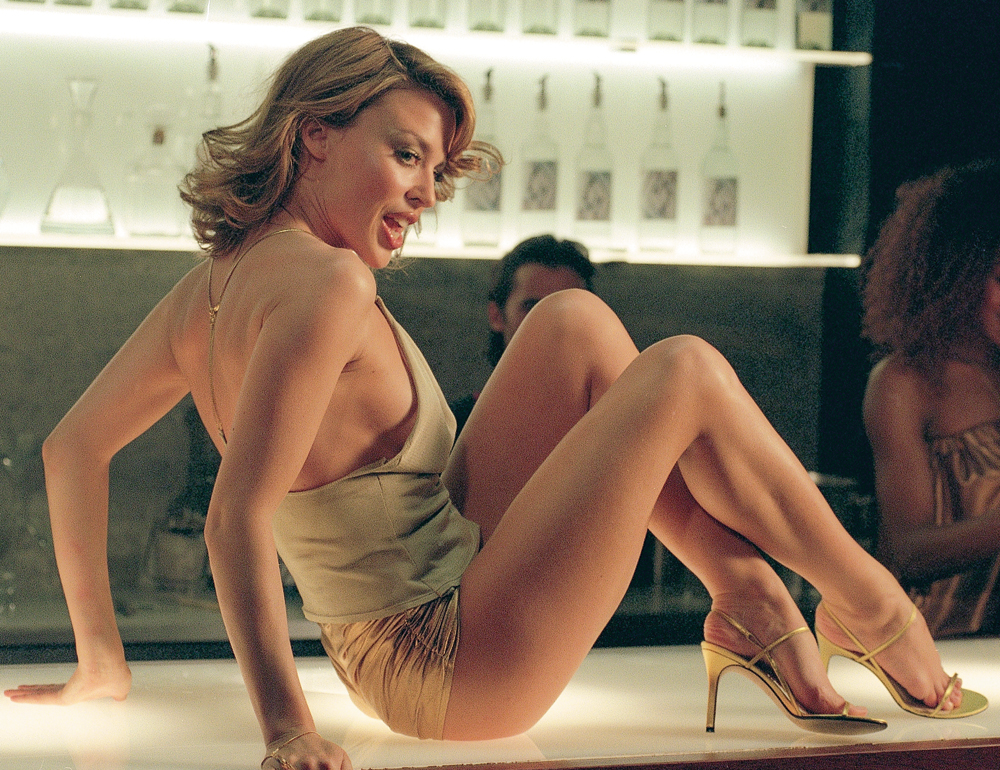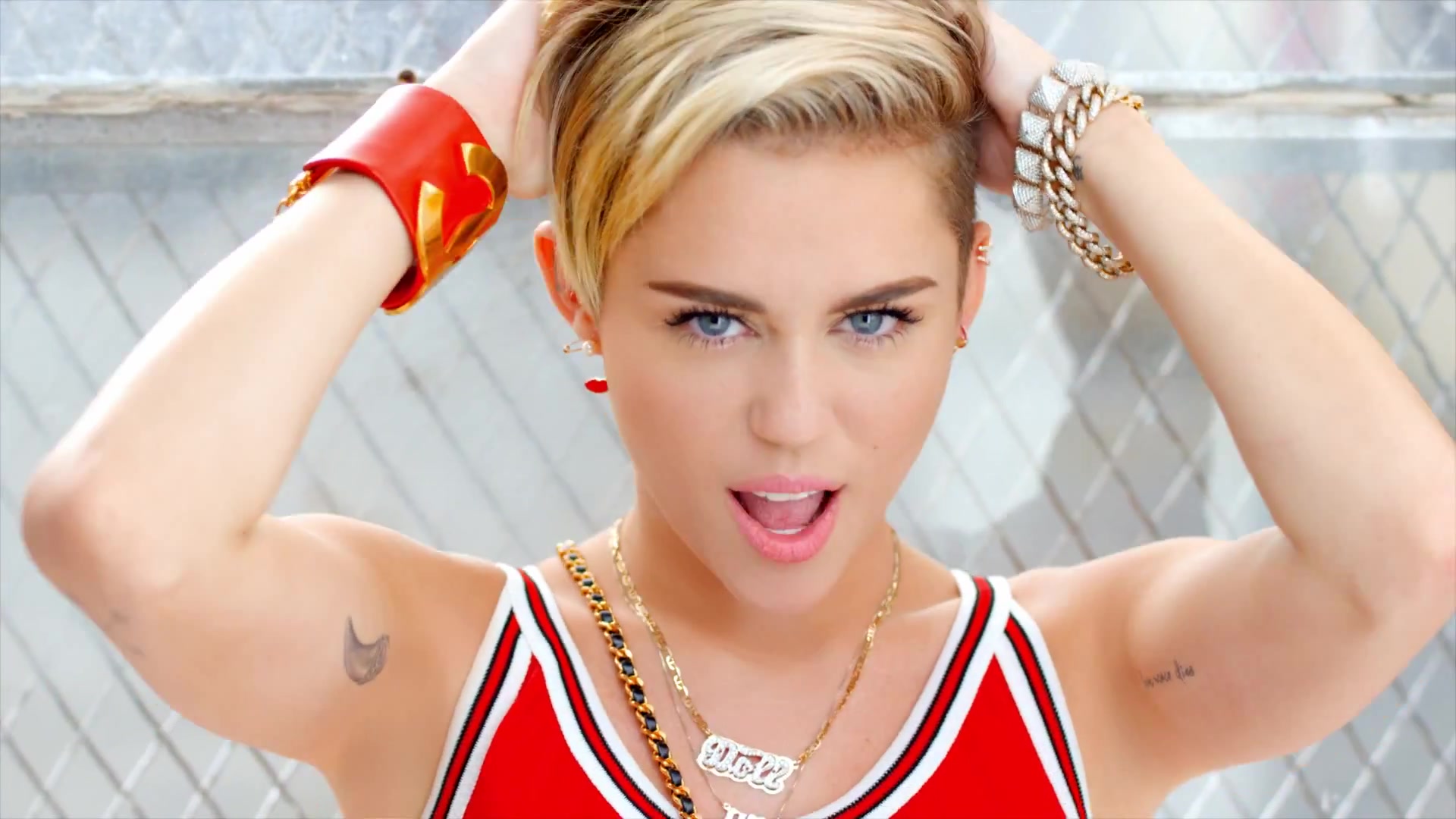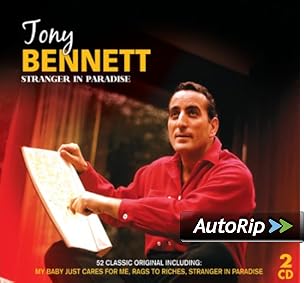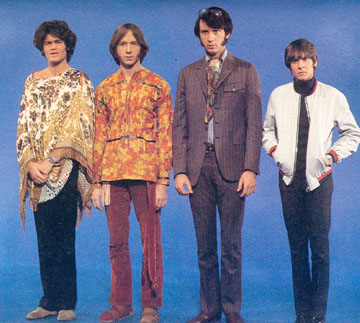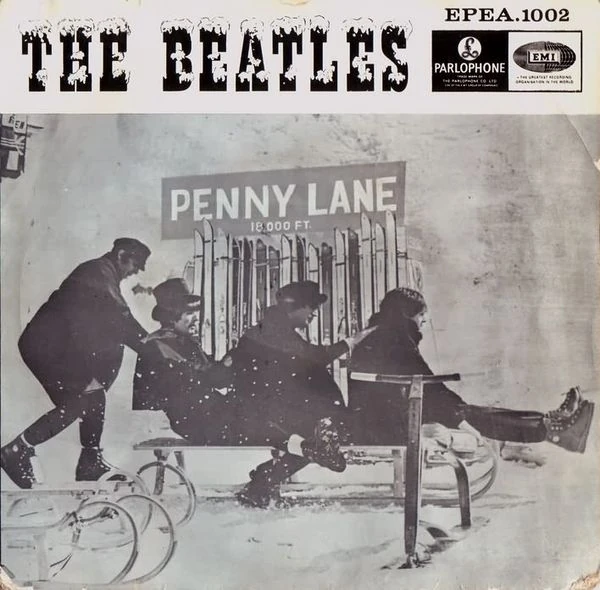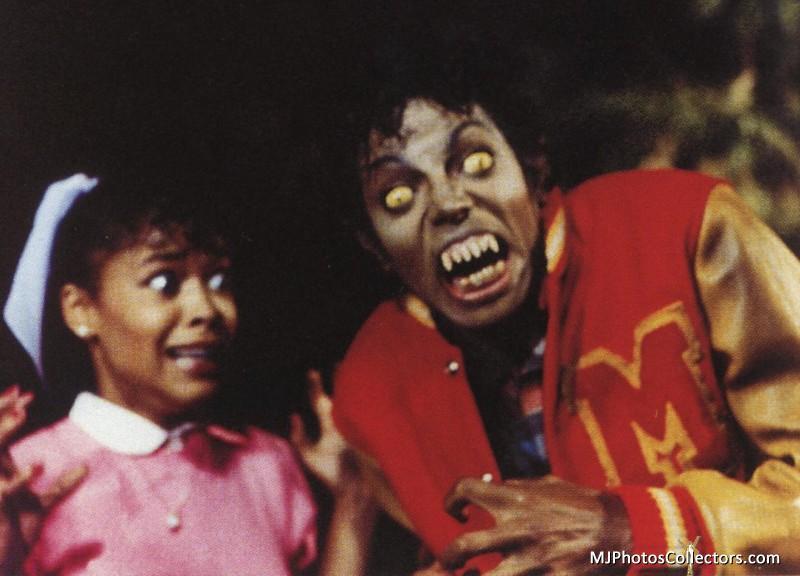Audience Identification
Introduction:
Audience is a collective or an individual that will consume into the artist media products. It is important to know about audience because with you as a artist or a label you need to know who your target audience is, so that you make and produce what the audience wants.
The audience may be categorised by profiling them on their demographics:
- Age Groups
- Gender
- Income Bracket/Status
- Race
- Location
- Hobbies & Interests
A - Top Management, Bankers, Lawyers, Doctors and other Professionals
B - Middle Management, Teachers, many "Creative" e.g. graphic designers etc.
C1 - Office Supervisors, Junior Managers, Nurses, Specialist Clerical Staff etc.
C2 - Skilled Workers, Tradespersons (White Collar)
D - Semi-Skilled and Unskilled Manual Workers (Blue Collar)
E - Unemployed, Students, Pensioners, Casual Workers
Advantages and Disadvantages of Categorising Audiences:
Advantages:
- You have an idea of what people are interested in.
- Make your content suit what the audiences are interested in.
- You know what sort of products they buy, based on how much money they have to spend.
- Use the information to encourage companies to advertise on your radio station.
- Be able to promote and market the product to the audience.
Disadvantages:
- It doesn't consider that people are different, despite having similar jobs.
- It doesn't consider peoples interests, just their income and status.
Different Genres Have Different Audiences:
An example of this is the group "D12", this group is a group of male hip-hop/rap artists that are a majority male black people with on white male in the group. With this group, they have a audience age group of 13-25+, some would have grown up with some artist and the younger generations will have appeal to them. With the audience they of people that would listen to them is the group of (C2,D,E). Also the type of audience that would be attracted to them would be people who could either relate with them or want what they have now.
Another example would be "One Direction", this group is a all white boy band group that sing pop, teen pop music. With their audience it would be aimed at a young audience ranging from 5-18, most "fans" would like their looks as an appeal to them as a fan which would be their interests. With their audience in the group they would be (D,E), with the audience they would be interested in their looks and their star image and this is what the label would use to help promote them as a band.
Audience Reactions:
Engagement - This describes how an audience interacts with a media text. Different people react in different ways to the same text. This links with Hebdige's Theory.
Expectations - These are what the audience thinks about an artist and their music, for example audience expect certain aspects from different genres. This links with Goodwin's theory.
Foreknowledge - This is what the audience knows about a music artist and their song/video.
Identification - This Is how an audience relates to an artists, this links with Richard Dyers theory.
Placement - This is how the media producers, target a particular audience and make them feel that the music video is specially "for them".
Conclusion:
With this information/research on the audience what it can do is help in my media products. This information has helped me develop my ideas as I would know who my audience would be as they would be around the ages of 13-25+ and that they would be into the mainstream music, and same taste in music as me.
C2 - Skilled Workers, Tradespersons (White Collar)
D - Semi-Skilled and Unskilled Manual Workers (Blue Collar)
E - Unemployed, Students, Pensioners, Casual Workers
Advantages and Disadvantages of Categorising Audiences:
Advantages:
- You have an idea of what people are interested in.
- Make your content suit what the audiences are interested in.
- You know what sort of products they buy, based on how much money they have to spend.
- Use the information to encourage companies to advertise on your radio station.
- Be able to promote and market the product to the audience.
Disadvantages:
- It doesn't consider that people are different, despite having similar jobs.
- It doesn't consider peoples interests, just their income and status.
Different Genres Have Different Audiences:
An example of this is the group "D12", this group is a group of male hip-hop/rap artists that are a majority male black people with on white male in the group. With this group, they have a audience age group of 13-25+, some would have grown up with some artist and the younger generations will have appeal to them. With the audience they of people that would listen to them is the group of (C2,D,E). Also the type of audience that would be attracted to them would be people who could either relate with them or want what they have now.
Another example would be "One Direction", this group is a all white boy band group that sing pop, teen pop music. With their audience it would be aimed at a young audience ranging from 5-18, most "fans" would like their looks as an appeal to them as a fan which would be their interests. With their audience in the group they would be (D,E), with the audience they would be interested in their looks and their star image and this is what the label would use to help promote them as a band.
Audience Reactions:
Engagement - This describes how an audience interacts with a media text. Different people react in different ways to the same text. This links with Hebdige's Theory.
Expectations - These are what the audience thinks about an artist and their music, for example audience expect certain aspects from different genres. This links with Goodwin's theory.
Foreknowledge - This is what the audience knows about a music artist and their song/video.
Identification - This Is how an audience relates to an artists, this links with Richard Dyers theory.
Placement - This is how the media producers, target a particular audience and make them feel that the music video is specially "for them".
Conclusion:
With this information/research on the audience what it can do is help in my media products. This information has helped me develop my ideas as I would know who my audience would be as they would be around the ages of 13-25+ and that they would be into the mainstream music, and same taste in music as me.










